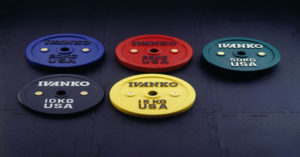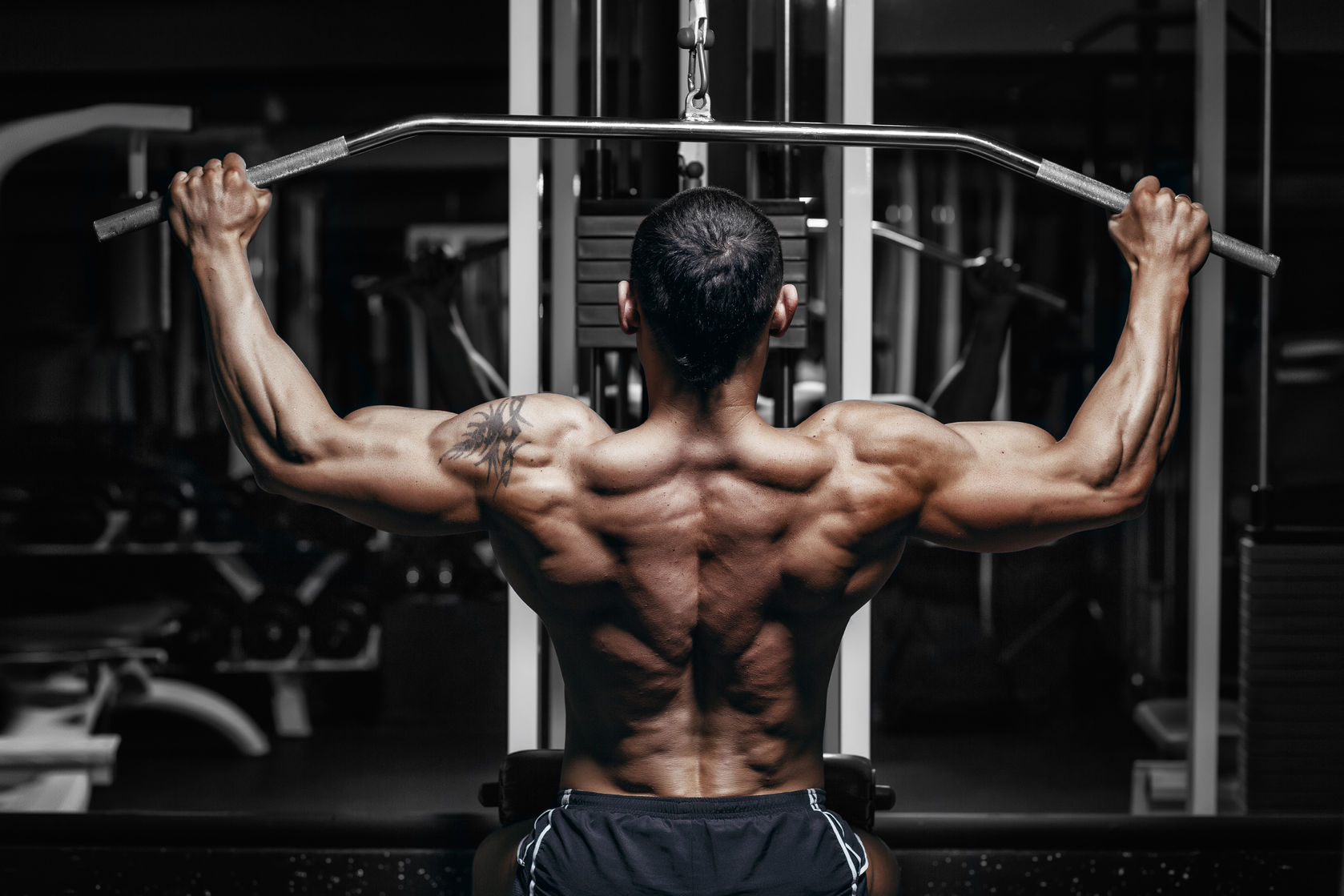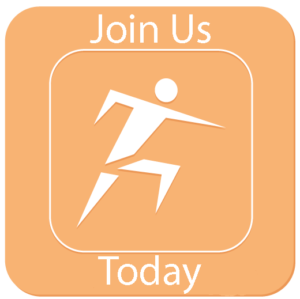Push-Pull and the Upper Body
Springtime is quickly approaching and you want to look fabulous when you step onto the beach, whether you’re that hunk of a man showing off new trunks or the woman proud of her newly found, eye popping bikini. Face, no matter who you are you want to look good and, when someone looks at you’re the eyes usually glance from top to bottom. If you were a coach, you’d be looking initially at leg strength, but hey, we’re not coaches, we’re average people. This means the eyes will go from the face to the shoulders and downward and, since perception is the name of the game, a knockout upper body will give a good first impression. How do we get it and get it more quickly?
Advertisement: Bikini Luxe (click on photo for more info)
Let’s take notes: are your shoulders toned and your arms tight and fit? Is your physical, upper symmetry good? What about your posture? For men, this may not be as much of a problem since they tend to concentrate on the upper body first, but for women, this can be a huge problem because women generally tend to concentrate on the butt and leg areas first. But, no matter, we’re here to help rescue you.
There are lots of exercises to do and you do not need to do all of them every day, but you do need to be familiar with how they work. For push-pull exercises to work best, you first do one exercise and then, the other, without rest in between. After you finish the first set of each you can rest for a short period, no more than one minute.
It does not matter if you do the push exercise first or the pull, just begin with one and end with the other and, mix them in with your normal workout. The Push/Pull exercises are listed in the following table:
| Pull Exercises | Alternative Exercises | Push Exercises | Alternative Exercises |
|---|---|---|---|
| Wide-Grip Pulldown | Pullup, Bent-over Row | DB Chest Press | BB or Machine Press |
| Close-Grip Seated Row | One-arm DB Row | Cable Crossover | Incline Bench – DB Fly |
| Dumbbell Lateral Raise | One-arm Cable Raise | Pec-Deck Fly | Flat Bench – DB Fly |
| Bent-over Lateral Raise | Reverse Pec-Deck Fly | Overhead DB Press | Machine Press |
| Barbell Curl | Alternating DB Curl | DB Front Raise | Cable Front Raise |
| Straight-Bar Cable Curl | Single-arm Cable Curl | Triceps Rope Press Down | Cable Front Raise |
| DB Concentration Curl | Preacher Curl | Lying French Press | Straight-Bar Press Down |
| Shrug | Upright Row | Wrist Extension | BB Wrist Curl |
| DB Wrist Curl | Barbell Wrist Curl | DB = Dumbbell | BB = Barbell |
Pull Exercises
The pull exercises work the back muscles and some arm muscles that include: trapezius, rhomboid minor and major, posterior deltoid, latissimus dorsi and triceps. For each exercise do four sets of 10-12 repetitions. For the wide-grip pulldown exercise perform two sets of warmups, 10 reps each.
Advertisement: Ivanko (click on photo for more info)

Push Exercises
The push exercises work the chest muscles and some arm muscles that include: anterior deltoid, triceps, pectoralis major and minor, serratus anterior, trapezius, brachioradialis, biceps brachii, brachialis. For each exercise in this category perform 4 sets of 10-12 reps and, as with the wide-grip, for the DB chest press, perform two additional warmup sets, 12 reps each.
These exercises are described on the website, but there are some things you need to keep in mind. Train all body parts equally and often, i.e., add 1-2 exercises from each category each workout day. Whether you are building initially for size or just fitness, undertraining one group while over training another will give your upper body and imbalanced look. What is often overlooked is that this imbalance can occur around the joints. So, what happens? Overworked muscles shorten and become tighter while underworked muscles lengthen and become looser or lax. This can often lead to joint problems with ageing. Also, you can end up with rotator cuff injuries, lower-back problems, tendinitis, or stooped shoulders. Thus, work your muscles equally to maintain balance and don’t overload them too much. While it sounds simple enough, this is one reason you want well designed workout programs.
Be a Winner
One of the nice things about a push-pull split is that it trains your body so that you develop great functional strength that will translate into your everyday activities or athletic movements. Whether you’re opening a door or pushing off a lineman in a football game, you’re not just using your fingers/hands and your biceps, but your back rear delts, traps, rhomboids, obliques and lots of other muscles all at once. Best of all, you’ll develop great upper-body strength. And, because the program is so balanced, you can quickly determine where your weak or strong and balance everything out. After 4-6 weeks you should notice both increased strength and posture. Although you could do the exercises, at least 1-2 of them, they should not be done less than once per week to notice improvement. Many people do pushes one day and pulls the next, but you’ll get more out of the exercises if you perform a push and then a pull back and forth and, you can do the exercises more rapidly for time efficiency – something we all strive for.
Advertisement: CytoCharge (click on photo for more info)

Some other interesting notes is to work your larger muscle groups first just in case you run out of workout time. If you find that happening, rest minimally (30 seconds between sets). To gain more muscle mass, reduce your repetition by 2 for each set and increase your weight, generally increase loads so that you can just perform 6-8 reps. If you want to go for a calorie burn do a push then, pull for suggested reps and sets with five minutes of cardio in between, not resting after the cardio as you do the next dual set of exercises. If you are more athletically inclined, opt for side-to-side hops, step-up jumps, or double-leg straddles (3 sets of 6 reps – these are speed-strength; SS exercises) between the push/pull sets. But, had better eat your Wheaties for those.
The routine would be push/pull – cardio/speed strength – push/pull – cardio/SS – push/pull – cardio/SS – push/pull. There is a max of one minute rest between sets. To complement this, perform ab exercises each day and a core strengthening exercise each day (you choose set/reps). Additionally, work in some pull ups. After about 4-6 weeks, adapt to a different add-program.








